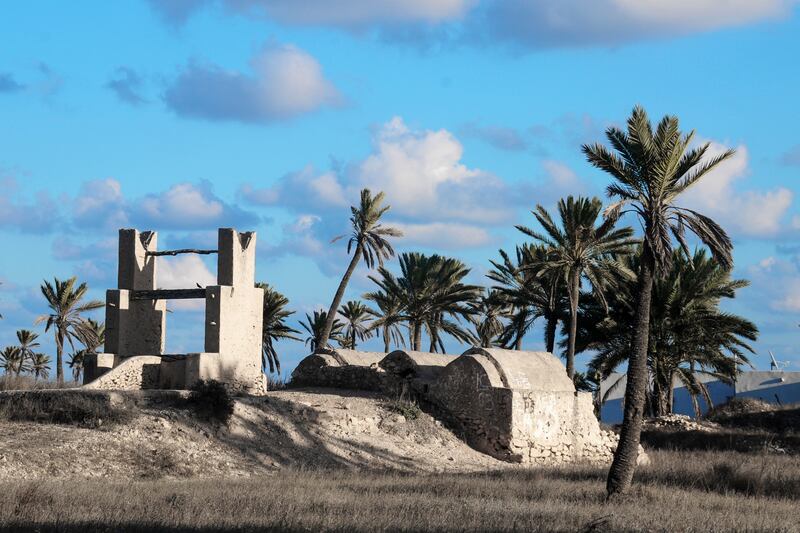The Unesco World Heritage Committee has returned for a 45th extended session in Saudi Arabia.
Starting on Saturday, the committee will begin evaluating 50 sites that have been nominated for the World Heritage List. Here are the eight entries from the Middle East and North Africa that are under consideration:
Saudi Arabia: ‘Uruq Bani Ma’arid
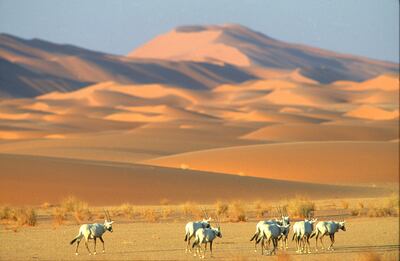
Among the natural heritage sites nominated for inscription is the 12,000-square-kilometre ‘Uruq Bani Ma’arid, located on the western edge of the Empty Quarter, also known as Rub Al Khali desert, about 700 kilometres south of Riyadh. The desert, which also flows into the UAE, is noteworthy in and of itself, as the planet’s largest continuous sand sea, and Asia’s sole major tropical sand desert.
Managed by the Saudi Wildlife Authority, ‘Uruq Bani Ma’arid constitutes one of Saudi Arabia’s largest protected areas. The region hosts a series of projects reintroducing Arabian species such as the Arabian Oryx and Al Reem Gazelle into the original natural habitats from which they have historically become extinct. The Arabian Oryx programme is considered the most successful in the world.
Aside from its abundant natural heritage, the region is home to the historic village of Al Far, believed to be the capital of the first kingdom of Kindah.
Palestine: Ancient Jericho/Tell es-Sultan
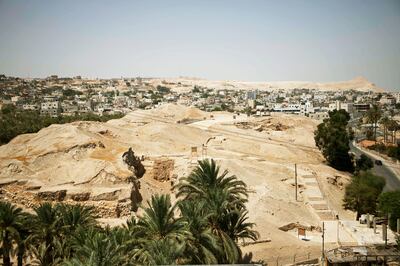
One of the world’s oldest towns, Ancient Jericho/Tell es-Sultan dates back beyond 10,000BC. Set 1.5 kilometres north of modern Jericho and 10 kilometres north-west of the Dead Sea, it sits 250 metres below sea level along the Jordan Rift Valley – making it the lowest ancient town on earth.
Known by many names throughout history, Ancient Jericho is among the oldest sites in the Middle East. It features an enduring and diverse cultural heritage, dating from the 10th millennium BC (Natufian period) through to the 7th century AD Byzantine era, and beyond.
Sustained by the nearby spring, ‘Ain Es-Sultan, Ancient Jericho also served as a cultural and financial bridge, linking various civilisations through sprawling road networks.
Tunisia: Djerba
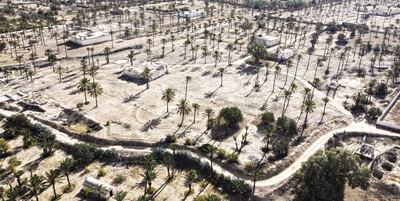
Stretching 514 square-kilometres across the Gulf of Gabes, Djerba is North Africa’s largest island. Its landscape is marked by a striking combination of desert, coastal areas and rural fields with a tapestry of palm gardens, farms and olive trees.
Believed to be the location of Homer’s mythical Ogygia, where Odysseus met the lotus-eaters, Djerba was also the backdrop to Tatooine in Star Wars Episode IV A New Hope.
Filled with ruins from both the ancient Carthaginian and Roman empires, Djerba was subsequently inhabited by early Christians, as well as the Vandals, Byzantines and Arabs. The island is also punctuated with several villages and settlements, characterised by white-walled houses, mosques, churches synagogues and souqs.
Azerbaijan/Iran: Hyrcanian Forests
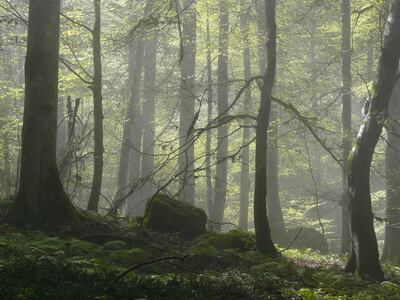
The Hyrcanian Forests stretch 850 kilometres from the Talish Mountains in Azerbaijan, through the Alborz Mountains to Golestan in Iran – forming a large green arc. Composed of deciduous mixed broadleaved forests, parts of the region were inscribed by Iran in 2019.
The ridges of the Talish and Alborz mountain systems create a climactic barrier and watershed between the arid Irano-Turanian Plateau and the Caspian Sea. This, in turn, has created an abundance of precipitation, flowing down through several rivers and creeks into the Caspian Sea.
Iran: The Persian Caravanserai
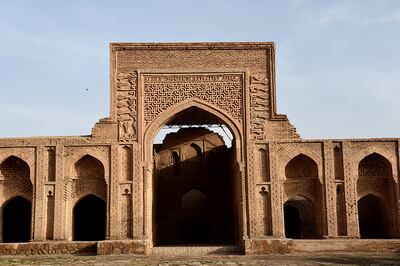
A traditional form of a roadside inn placed along trade routes such as the Silk Road, the Caravanserai represents a type of Persian Architecture developed in response to the needs of the weary traveller.
The structure is a testament to Iran’s historic position between ancient civilisations, and the importance of travel and trade to its economy.
Of the hundreds of Caravansarais scattered across the country, 25 have been identified and nominated for the Unesco World Heritage List. Broadly split into three types – desert, mountain and plain – they vary in design, material and geographic location. Some are made of brick, others of stone, and some mixed.
Iran: The Cultural Landscape of Masouleh
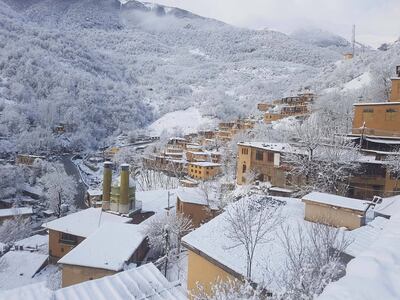
The stepped city of Masouleh is estimated to be up to 1,000 years old, as evidenced by the large number of graveyards within and beyond the settlement.
It is marked by a terraced urban plan, which mirrors the parallel mountain slope, as well as its distinct earthen houses which are said to resemble pieces of Lego.
Iran is hoping it can add another of its stepped villages to the Unesco list, having successfully inscribed Uramanat in 2021.
Turkey: Gordion
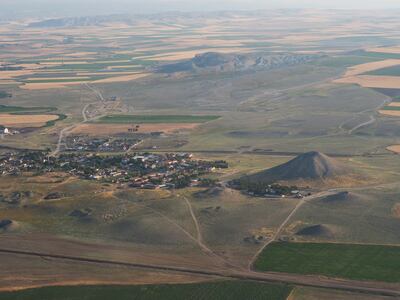
Situated 70 kilometres south-west of Ankara, Gordion is best known as the capital of Phrygia – with a history stretching from the Early Bronze Age to the Medieval period. Historians believe the European Phrygian people established it as their capital in Central Anatolia following the collapse of the Hittite Empire.
After being devastated by an 800BC fire, much of the citadel was rebuilt, later serving as the base of King Midas. Over the years, it was conquered by Lydia in the West, and then the Persian Empire; before being taken by Alexander the Great. As such, it is considered one of the principal centres of the ancient world.
Among its ruins are 150 wooden curial mounds, or tumuli – including the 50-metre-high Midas Mound Tumulus from 740BC, which houses the oldest standing wooden structure on the planet.
Turkey: Medieval Mosques of Anatolia with Wooden Posts and Upper Structure
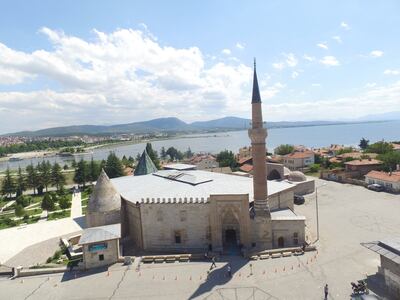
When the Seljuks moved into Anatolia in the 11th century, they immediately began building mosques across the region. These structures, with examples in Samarkand, Bukhara and Khiva, were marked by wooden columns and roofs – a material that has been a hallmark of Anatolian architecture for more than 10,000 years.
Within, the wooden surfaces were adorned with bright ornamental designs known as kalem isi – where floral and geometric patterns were applied with coal powder, using special brushes.
During the Seljuk and Beyliks period, these mosques were concentrated in Konya, Ankara and Kastamonu, but the tradition continued all over rural regions, throughout the Ottoman period, lasting until the 20th century.
